How Walmart Keeps Dairy Prices Lower Than Competitors
Walmart has a leading spot in the dairy aisle, but this isn’t random luck. It’s the result of some clever strategy moving out the door. Here’s a look at how the world’s biggest retailer keeps dairy prices and other products lower than the competition.
Milk as a Loss Leader
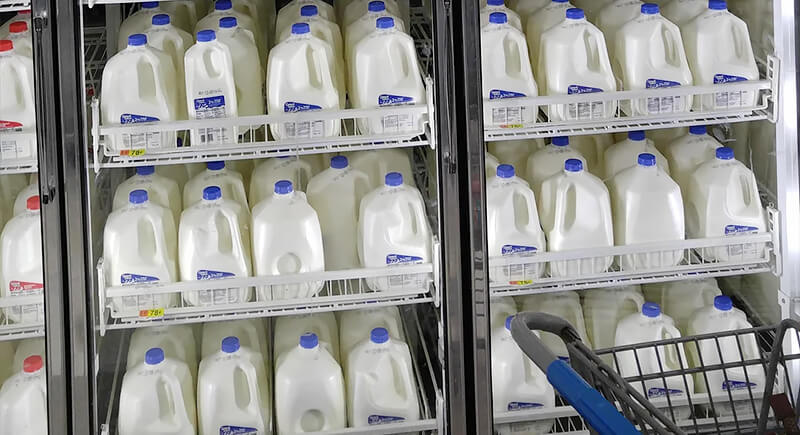
Credit: Reddit
Walmart sometimes prices milk so low it’s like bait, a classic retail tactic called a “loss leader.” It gets people through the doors, and once they’re in, chances are they’ll grab more than a gallon. The store makes it back on snacks, cleaning supplies, and everything else in the cart.
Owning the Dairy Plant
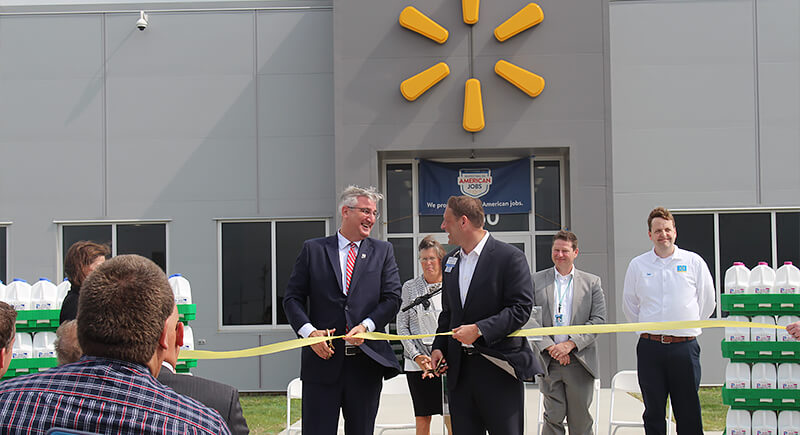
Credit: feedstuffs
In 2018, Walmart opened its own milk processing plant in Fort Wayne, Indiana. By eliminating third-party suppliers, Walmart took full control of processing, packaging, and pricing. The plant handles up to 100 million gallons annually, which lets Walmart streamline costs and reduce markups other chains can’t avoid.
Direct Deals With Farmers
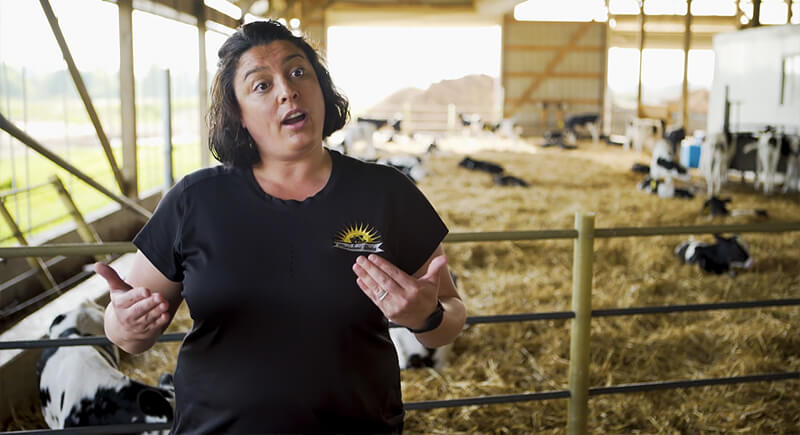
Credit: Youtube
Instead of working through brokers, Walmart often buys dairy directly from producers. This approach lowers costs by eliminating the middleman and gives Walmart tighter control over quality and supply. It also means fewer hands in the pot and fewer layers adding costs before the milk reaches store shelves.
Private Labels Make a Big Difference
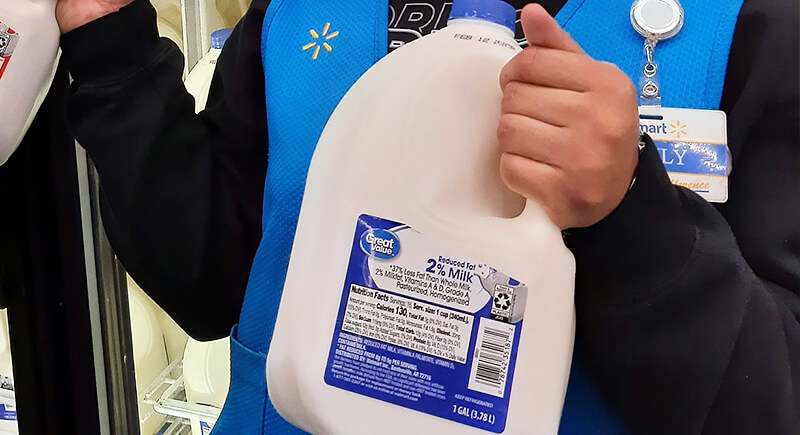
Credit: Facebook
The “Great Value” label offers a pricing advantage. By offering its own line of dairy products, Walmart avoids the premiums associated with national brands. These private labels cost less to produce and help the company undercut competitors without sacrificing margin.
Sheer Volume Brings Down Cost
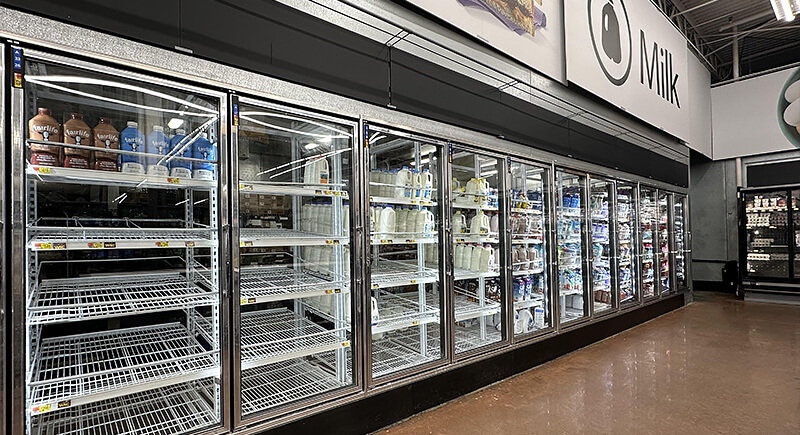
Credit: Reddit
Selling in massive quantities has its perks. The more it sells, the easier it is to profit on even the smallest margins. So while a gallon might only net a few cents, multiplying that by millions makes the math work—and the milk stays cheap.
Everyday Low Prices, Not Flashy Discounts
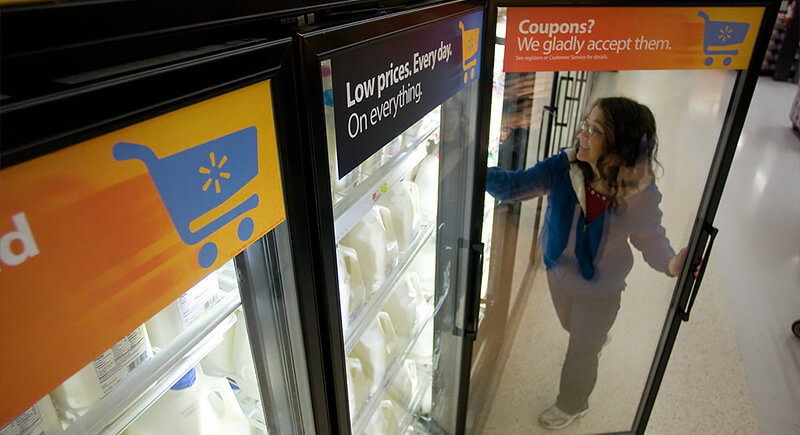
Credit: flickr
Instead of hyping weekly deals, the company sticks to its “Everyday Low Price” model to offer steady affordability rather than dramatic price swings. This predictability appeals to budget-conscious shoppers and allows Walmart to optimize supply and demand more efficiently.
Simplified Store Design Cuts Overhead
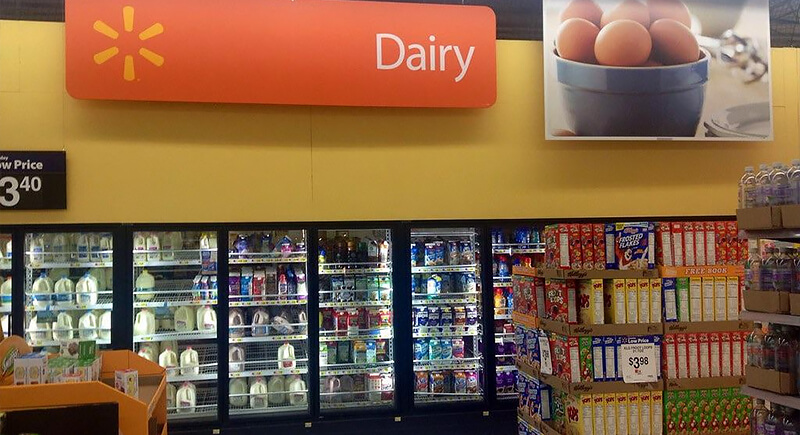
Credit: Reddit
You won’t find chandeliers or polished tile floors in Walmart’s dairy aisle, and that’s intentional. By keeping store design practical and minimal, Walmart trims operating expenses. Less money spent on aesthetics means more room to price products competitively.
Powerful Bargaining With Suppliers
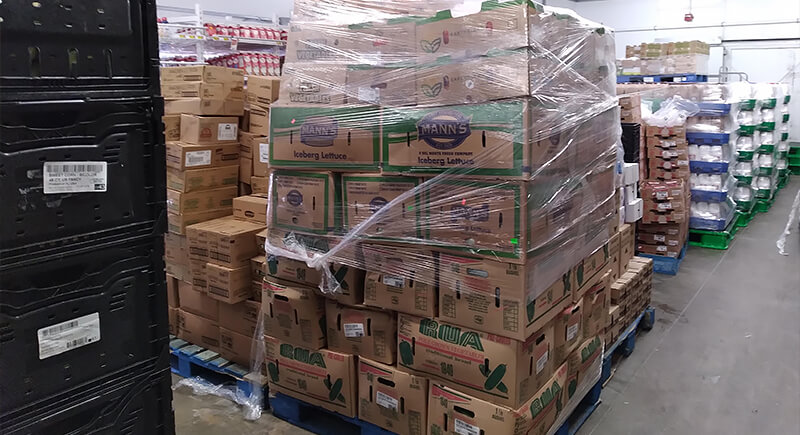
Credit: Reddit
Walmart’s size gives it negotiating power that most companies can only dream of. Many suppliers depend on Walmart’s shelf space to survive. That leverage means it can demand lower prices and often get them. These savings are then passed on to customers in the form of cheaper dairy.
Tech-Driven Supply Chain
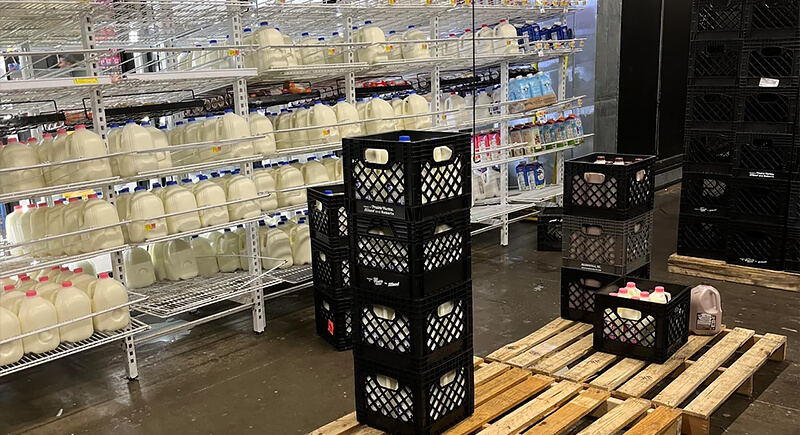
Credit: Reddit
The company uses advanced tracking systems and forecasting models to manage dairy inventory, minimize waste, and cut transportation costs. The more efficient the supply chain, the less extra cost gets baked into the final price of your milk or cheese.
Regional Sourcing Reduces Shipping

Credit: Youtube
Walmart sources a significant portion of its dairy regionally to reduce transportation costs and delivery time. This approach keeps milk fresher while saving money on cross-country shipping, which helps keep prices stable and low.
Online and In-Store Pricing Integration

Credit: Reddit
Walmart strives to avoid pricing confusion. The company aligns its online and in-store pricing to avoid internal competition. That consistency helps them streamline systems, reduce marketing complexity, and keep things simple for shoppers, no matter how they buy.
Shrinkflation, Carefully Deployed
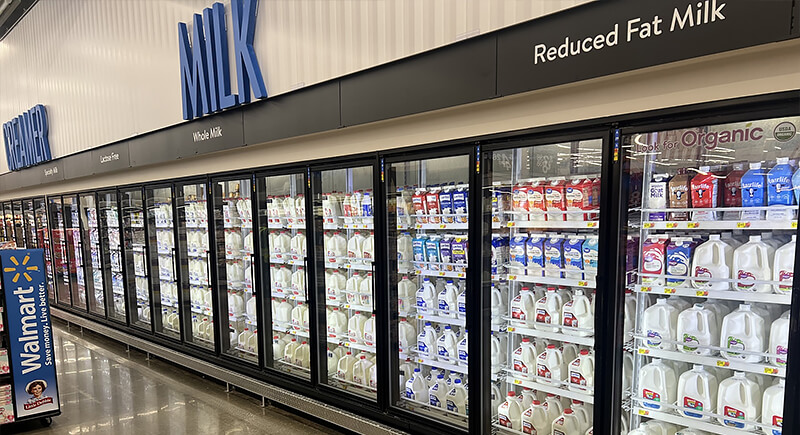
Credit: Facebook
Shrinkflation isn’t unique to Walmart, but the company uses it strategically. Instead of bumping up prices, they might quietly reduce package size by a few ounces. When used selectively, it keeps shelf prices flat and customers happy.
Avoiding Price Conflicts With Smart Placement
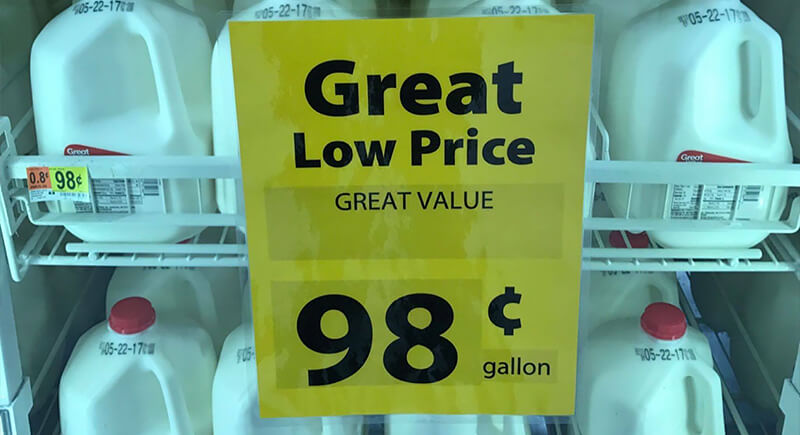
Credit: Facebook
Rather than trying to win on every product, Walmart zeroes in on what customers really notice, like milk. By making top-selling dairy items more visible and keeping prices extra low, Walmart drives traffic and lets other, higher-margin products pick up the slack.
Expanding Into Dairy Alternatives

Credit: Reddit
Walmart’s Great Value almond, soy, and oat milks are priced well below most branded options. By expanding its private label into plant-based dairy, Walmart reaches new markets without the brand-name markup. These alternatives often come with higher margins, too, which helps subsidize low dairy prices elsewhere.
Market Share Momentum
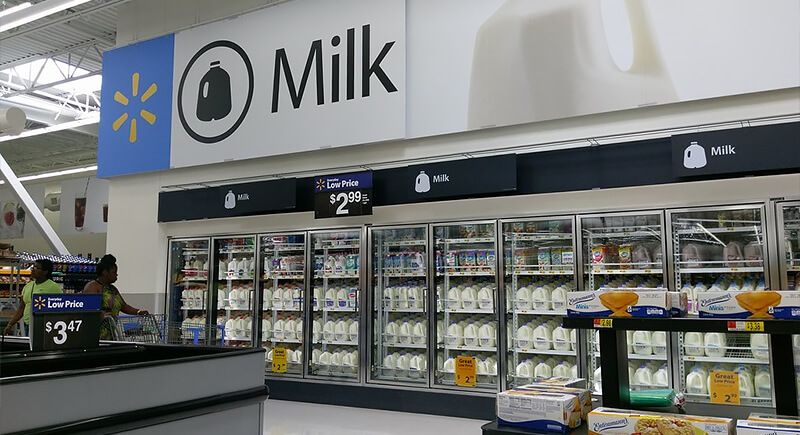
Credit: flickr
When one company controls over a quarter of the U.S. grocery market, it can afford to play the long game. Walmart’s dominance means it can afford to play defense on price. Even if dairy profits are thin, the company wins big through loyalty, scale, and efficiency.